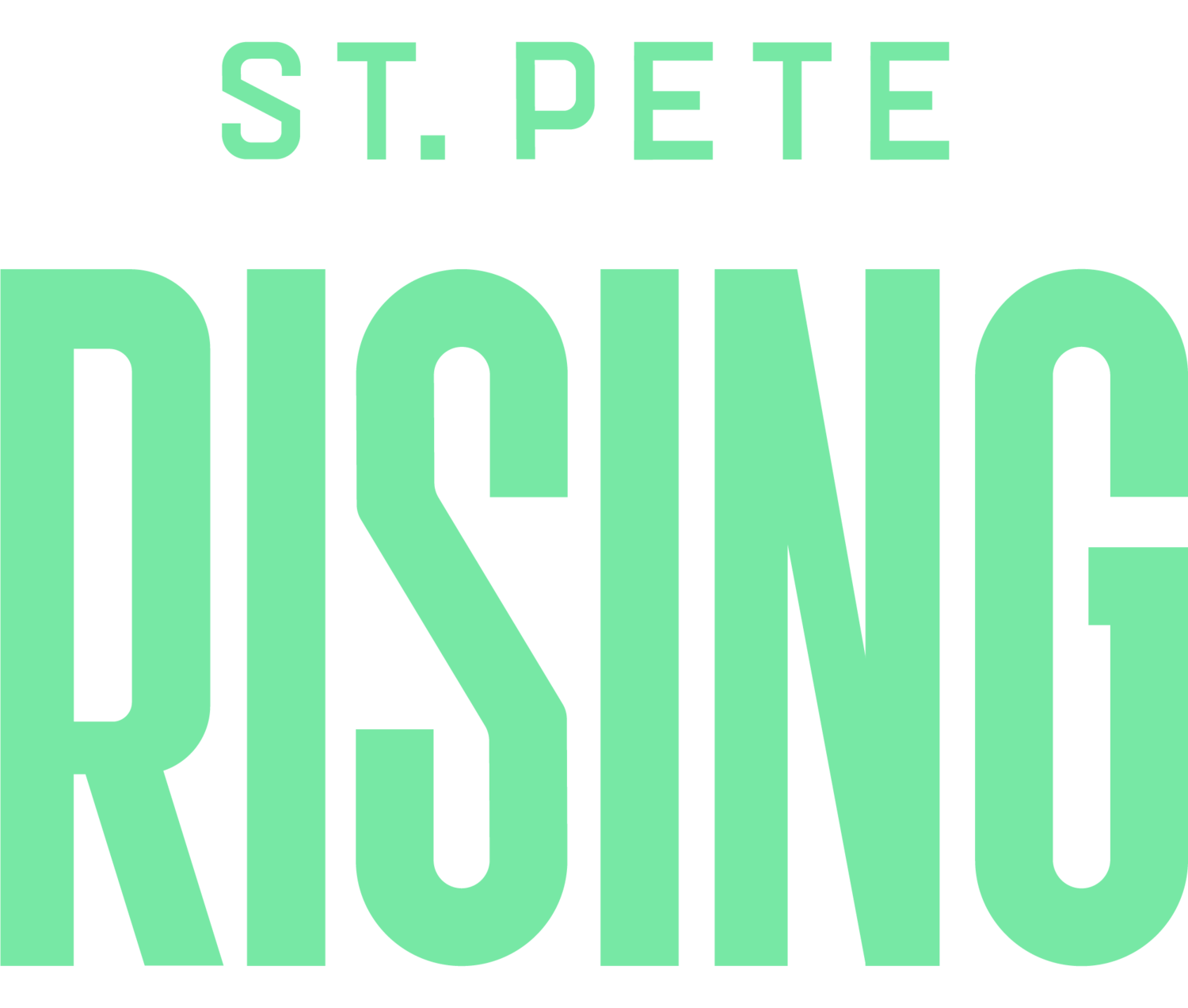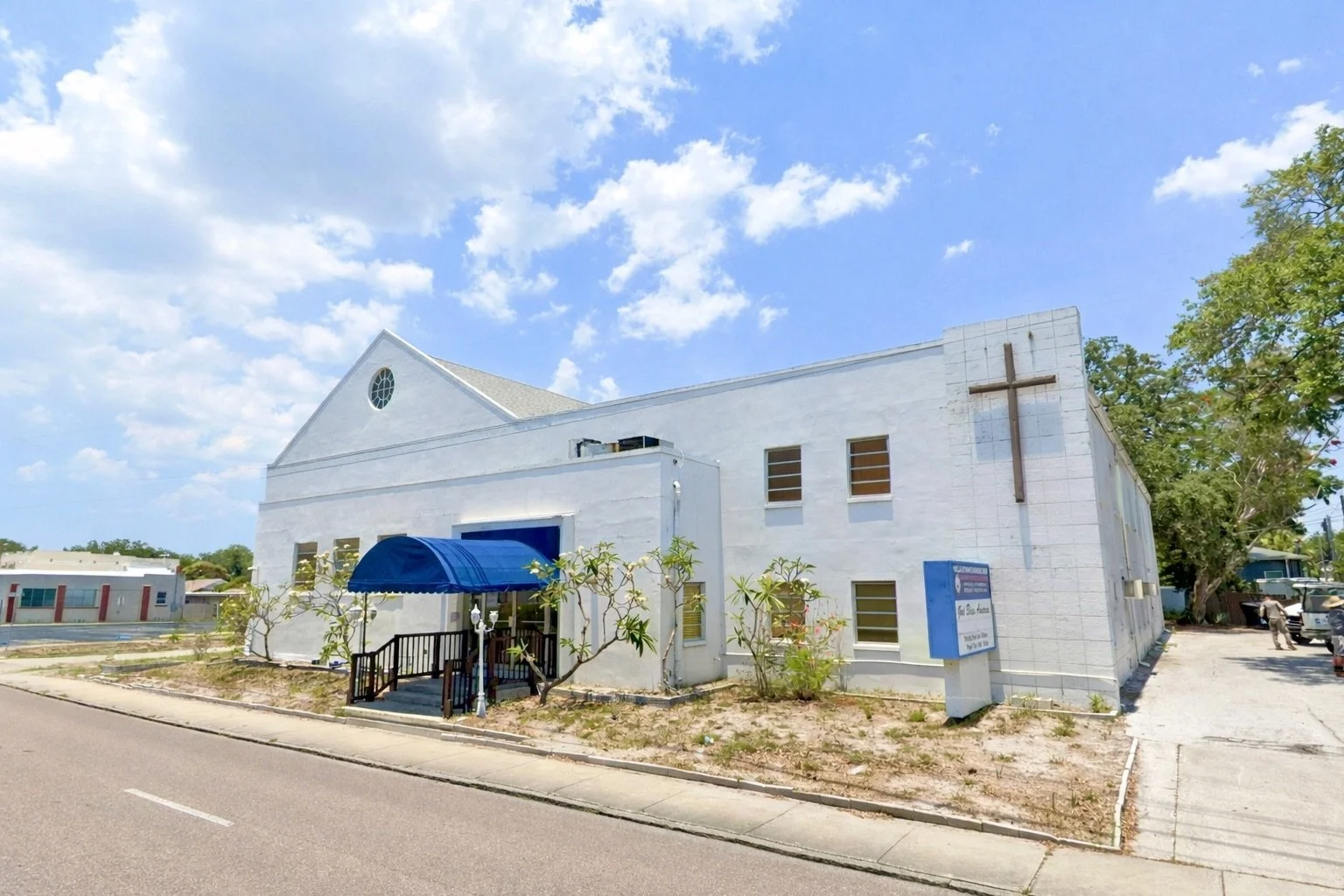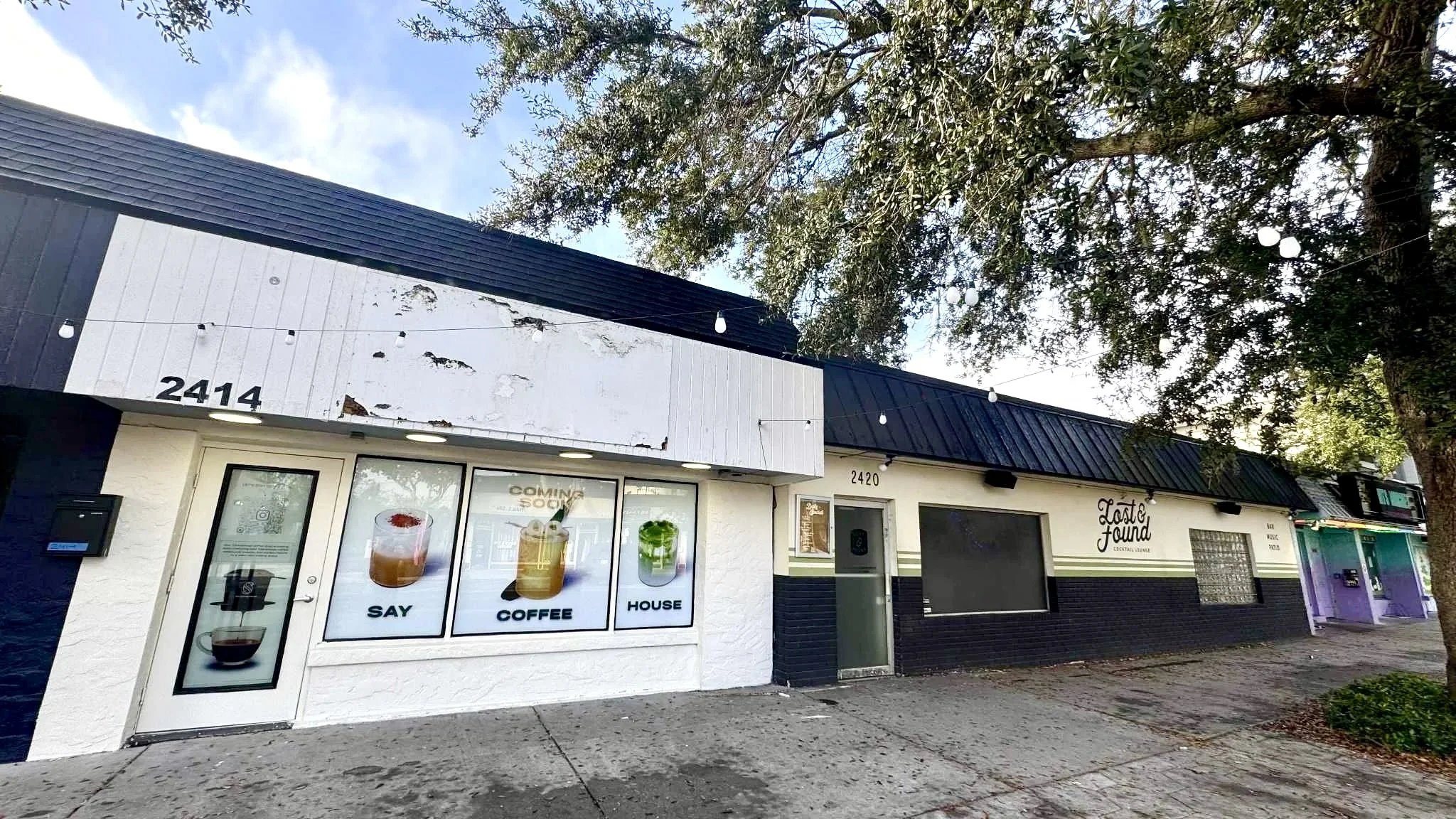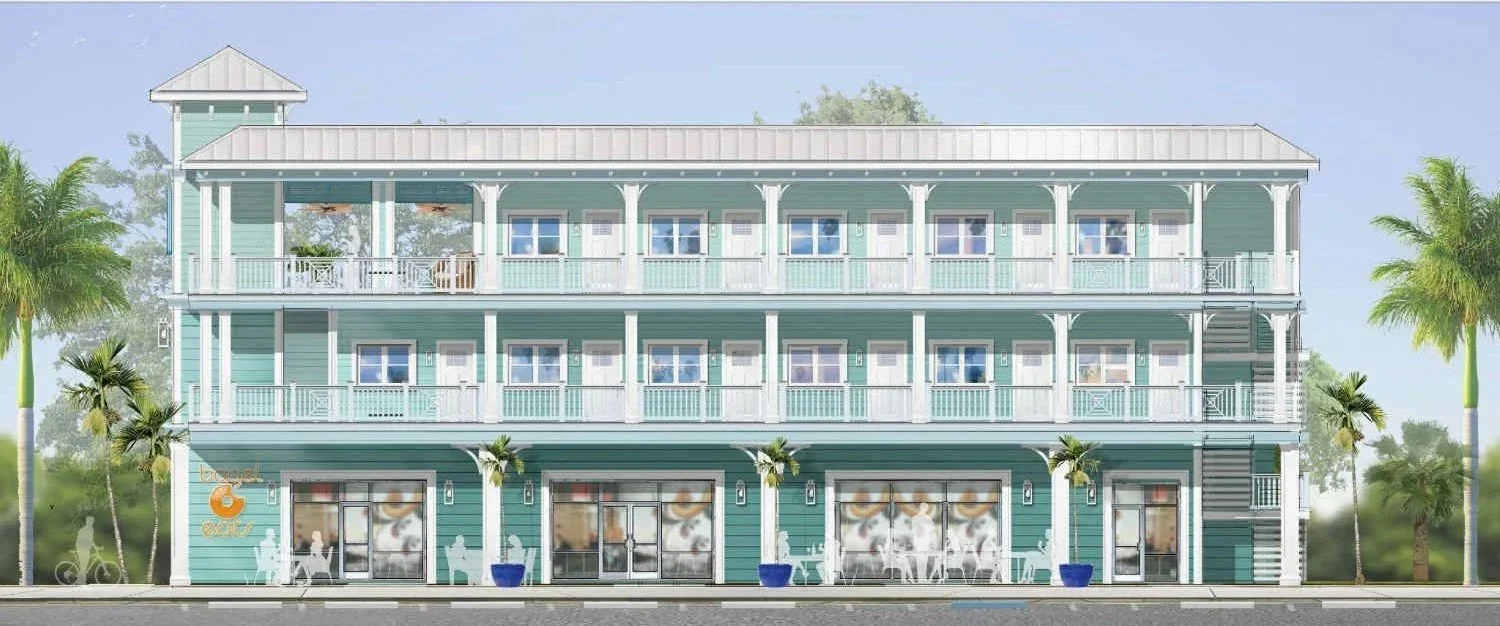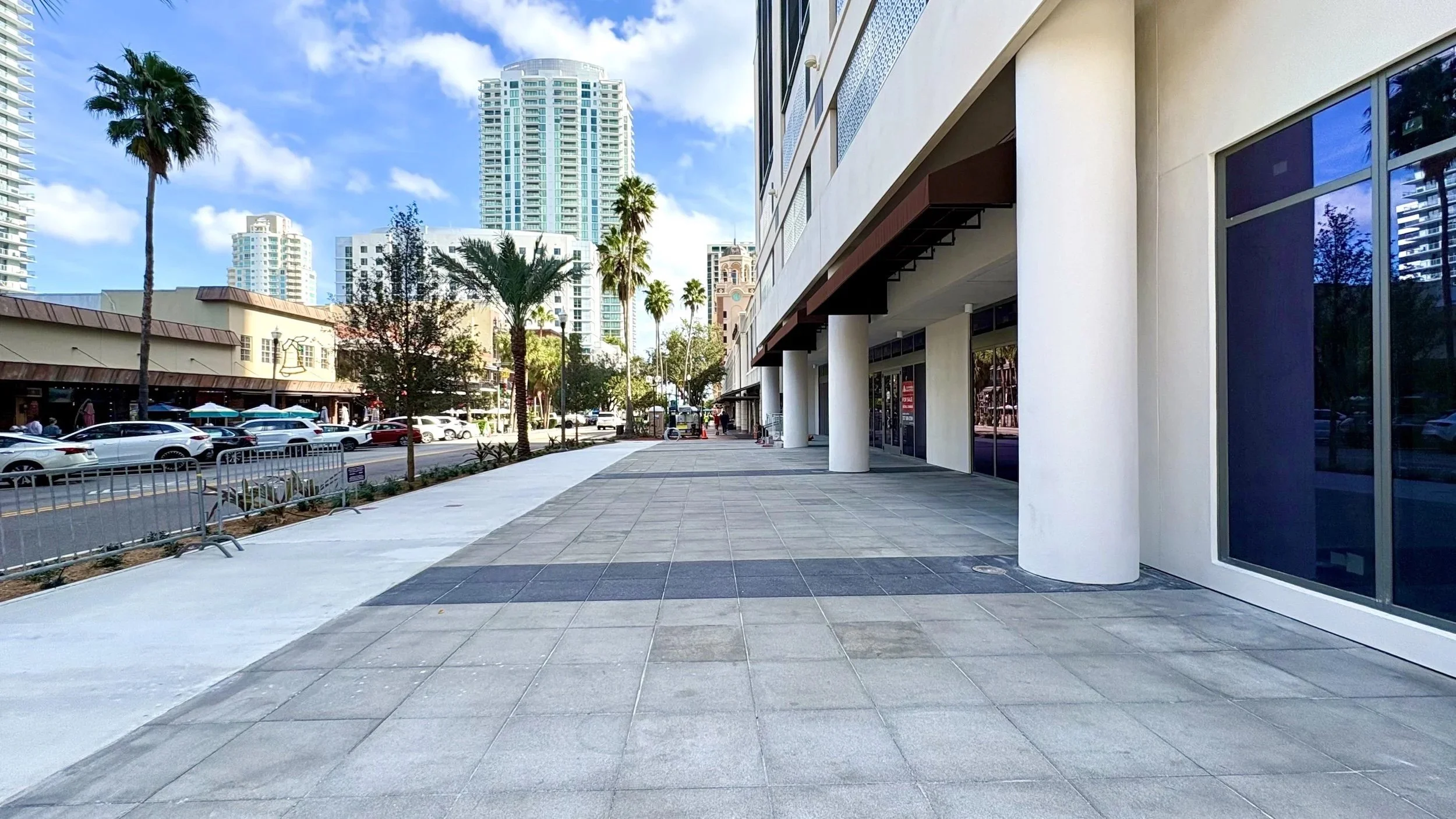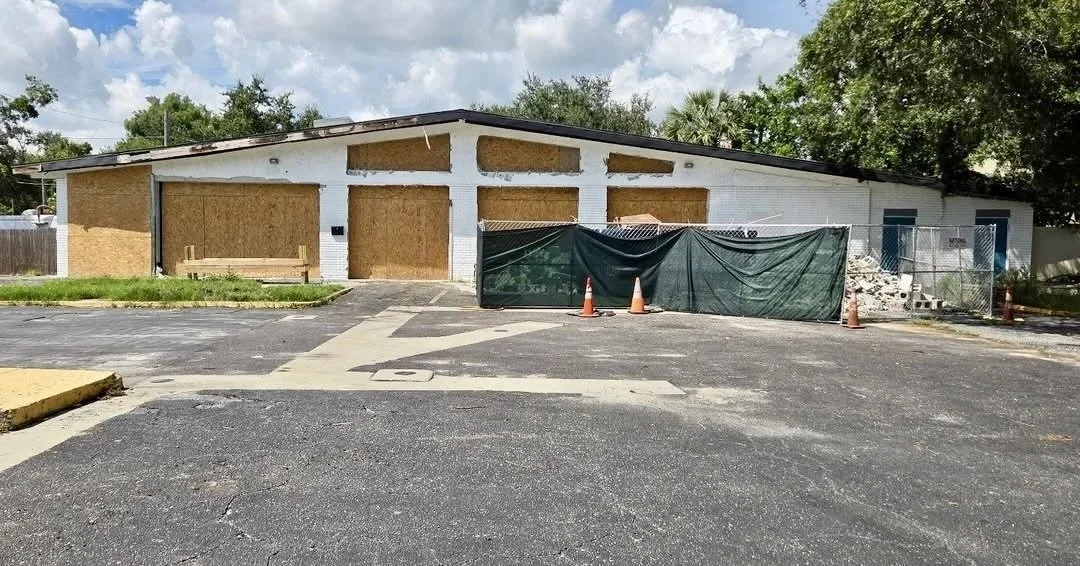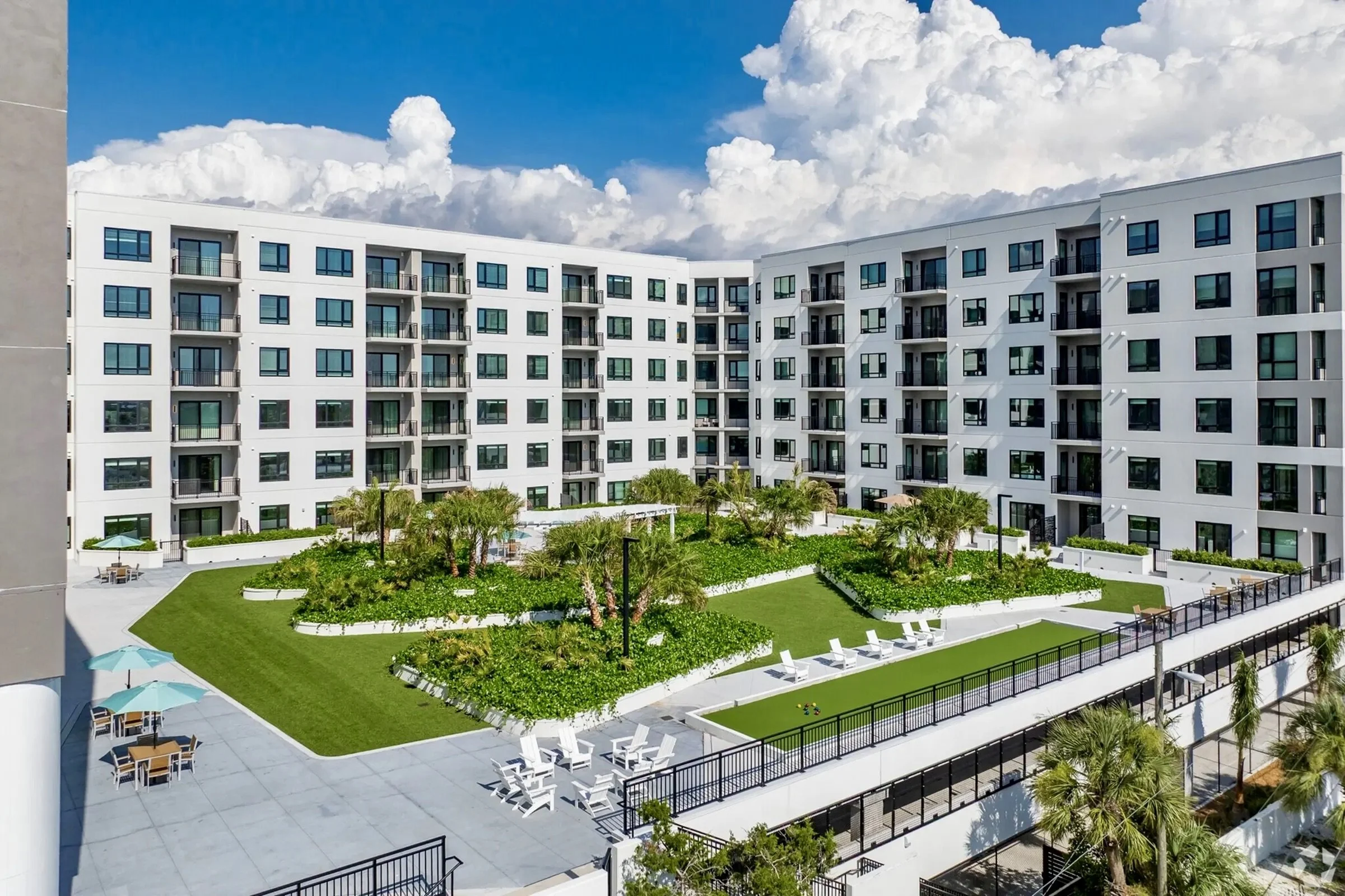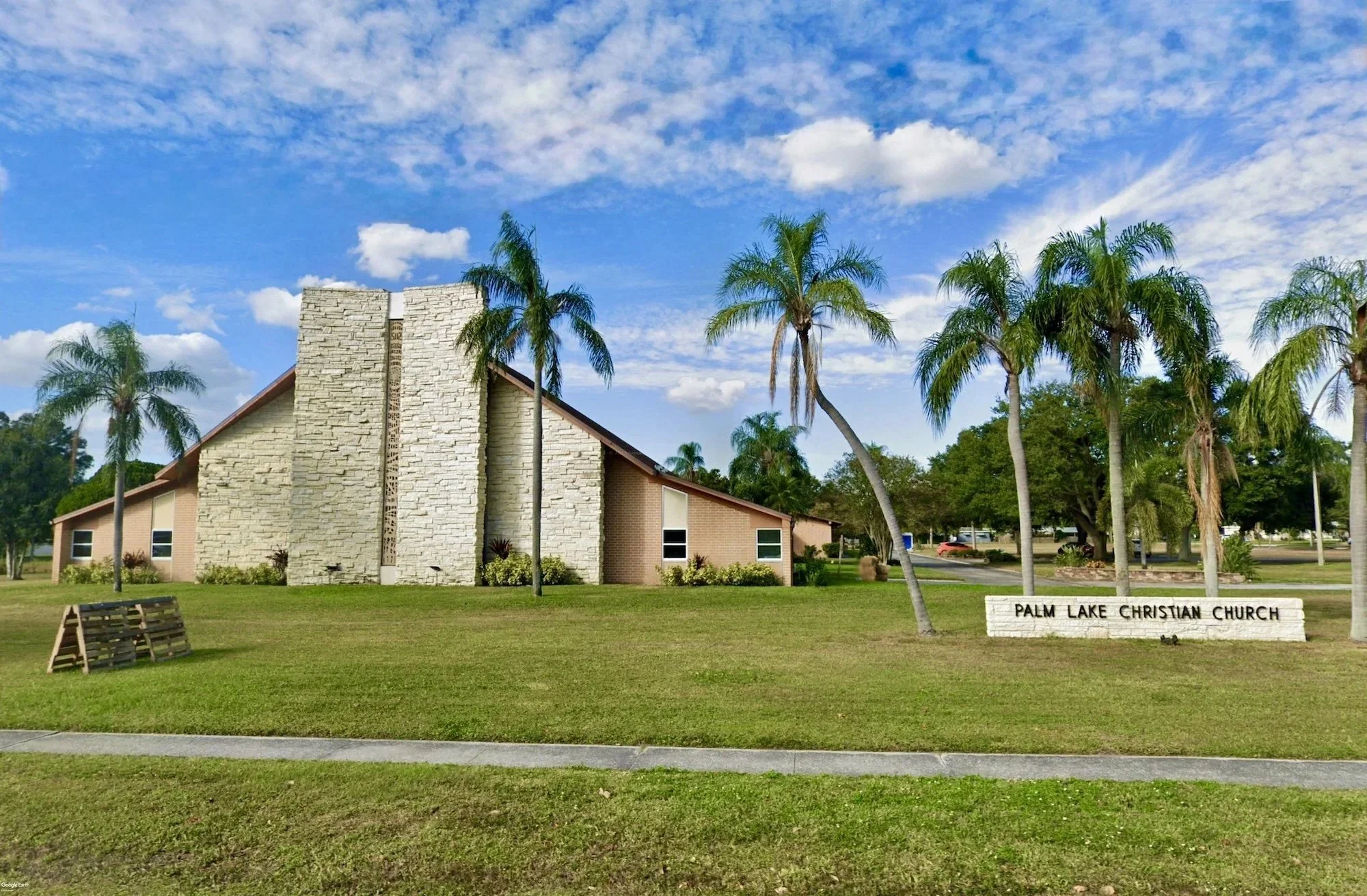Historically St. Pete: The Coliseum still shines after 100 years of concerts and conventions
/The Coliseum in 1925, one year after debuting at 535 4th Avenue North in downtown St. Pete | St Petersburg Museum of History
At St. Pete Rising, we are constantly providing comprehensive coverage on everything new and coming soon to the Sunshine City, but we think it’s also important to take a look back at our city's rich history.
Introducing Historically St. Pete, a new monthly column on St. Pete Rising written by Rui Farias, Executive Director of the St. Petersburg Museum of History, which will cover everything from the legend of underground mobster tunnels to the buildings and people that created the Sunshine City.
Follow us each month as we explore how these projects shaped St. Pete into the city we know and love today.
This month we delve into the fascinating history of the 100-year-old Coliseum, St. Petersburg's most historic event venue and one of the south’s most popular concert destination from the 1920s to the 1950s.
Long before Ron Howard’s 1985 Ron film Cocoon introduced this historic venue to moviegoers everywhere, the Coliseum already had a national reputation of being the Finest Dance Hall in the South.
One hundred years ago, St. Petersburg was experiencing a historic building boom. Two of the city’s first million dollar hotels were about to open, and a third would soon be under construction. New roads were expanding the city in all directions. Neighborhoods like Woodlawn, Old Northeast, Snell Isle, Lakewood Estates, and Jungle Prada were accommodating the thousands of people moving to the Sunshine City.
And on the same November day in 1924, Philadelphia industrialist George Gandy cuts a ribbon opening the Gandy Bridge, while promoter Charles Cullen welcomes guests into the Coliseum, soon to be known as the Palace of Pleasure.
The Coliseum, located at 535 4th Avenue North in downtown St. Pete, quickly became the Amalie Arena of its time – the south’s major concert destination from the 1920s to the 1950s. Thousands of guests would dance across the white maple floor to the orchestra sounds of Benny Goodman, Glen Miller, Harry James, Jimmy Dorsey, and Guy Lombardo.
A concert at the Coliseum. Year unknown | City of St. pete
Five years after its opening, Rex MacDonald, a banjo player with the Tom Danks Orchestra leases the Coliseum from Cullen. MacDonald, whose name becomes synonymous with the Coliseum, would purchase the landmark from Cullen in 1944 and oversee operations for four more decades.
To keep the lights on, MacDonald rents the building out for banquets, wrestling and boxing matches, and professional tennis exhibitions. But music was the Coliseum’s soul. MacDonald ushers in a blues and jazz era that sees Louis Armstrong, Count Basie, Cab Calloway, Duke Ellington, Dizzy Gillespie, B.B. King, and James Brown perform on the Coliseum’s stage.
But it was also the era of Jim Crow in St. Petersburg. Black residents were prohibited from attending the Coliseum concerts and were forced to wait for the artists to make it to the Manhattan Casino on 22nd Street South for their second performance of the night.
The popularity of the Coliseum continued into the 1960s. MacDonald, who would also serve on St. Petersburg’s City Council, formed the Silver Kings that become the house orchestra in 1964. They performed weekly as visitors and residents danced under the Coliseum’s famous arched roof supported by 13 large wooden trusses – each one spanning nearly 130 feet and weighing nine tons.
The 100-year-old Coliseum remains safely in the city’s hands today, welcoming trade shows, high school proms, civic events, and to the chagrin of Rex MacDonald, music and dancing | Google Maps
Thelma, Rex’s wife and partner, claimed the Coliseum never operated in the red, but the mass exodus of the downtown population in the late 1970s took its toll. Rex’s son, William MacDonald, announced the Coliseum was for sale in 1983 for $1.2 million.
Rex passed away in 1984 and Thelma ran the Coliseum for two more years until announcing the Palace of Pleasure would close due to the increased cost of liability insurance.
Rumors of the building’s impending demolition swept through St. Pete, forcing the city to take a serious look at saving the structure. The decision to increase property taxes by $17.50 on an average home to save the Coliseum was placed on the ballot. On March 28, 1989, 65-percent of the voters passed the referendum for the city to purchase the Coliseum. The final price was $824,500, and the city invested an additional $1 million renovating the historic structure.
In September 1994, the Coliseum was added to the St. Petersburg Register of Historic Places.
The 100-year-old Coliseum remains safely in the city’s hands today, welcoming trade shows, high school proms, civic events, and to the chagrin of Rex MacDonald, music and dancing.
Read more stories on St. Petersburg’s rich history here.
The YMCA held its annual Community Player Breakfast at the Coliseum in 2023 | YMCA of Greater St. Petersburg
